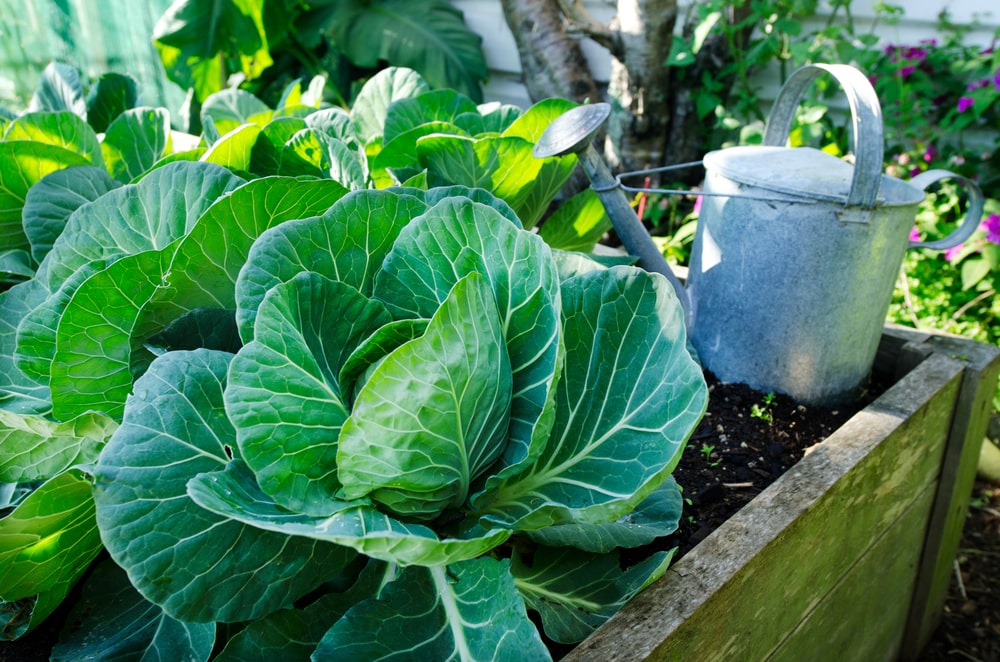This time of year is a perfect time to think about your fall garden. What are you going to do when the tomatoes, cucumbers and green beans give out? Do you let your garden just sit over the winter or do you get excited about a whole new garden season?
If you’re going to let those summer veggies keep going until the frost finally gets them, then pull them up and enjoy a well-deserved rest for the winter, then there are three things to keep in mind:
- Make sure you actually do pull up those spent summer crops, since garden debris is a great hiding place for insects to lay eggs and diseases to hibernate. The only exception would be legumes like peas and beans, which could be tilled under (legumes enrich the soil with nitrogen). Be sure to keep the area weeded over the winter.
- Top-dress your garden with a couple of different kinds of compost to a depth of three or so inches. You don’t even need to turn it under. Every time it rains or snows over the winter, it will help leech those nutrients further down into the soil. A good ratio is three parts leaf-based compost to one part animal-based compost—like manure.
- Instead of top-dressing, you can plant a “cover crop” like buckwheat, red clover or peas. A cover crop is grown for the benefit of the soil. They can keep weeds down and they enrich the soil when you till them under.
Fall is the Beginning of Another Gardening Season
The first week of August is the time to sow seeds for many of our fall crops—broccoli, cauliflower, kale, etc. I start some of my seeds in little pots outside—keeping them in an area where they get good dappled sun, but no beating sun. On extra hot days, I’ll pull them over into mostly shade. Cool-season crops don’t like broiling hot summer sun. If you have a sunny window indoors, you can start them there.
Come Labor Day weekend, I’ll begin looking for spots to plant the seedlings. By then I usually have some bean plants on the way out or a couple of cucumbers that have powdery mildew. I’ll transplant some of the seedlings into bigger pots, buying time until I’m ready to pull up something. And, of course, I’ll always direct sow root crops like beets, radishes, carrots, etc. since root crops don’t transplant well.
Remember, the back of the seed packet is the single best source of information as to exactly when to plant your seeds, how far apart, how deep, and even if sowing inside or direct-sowing outside is best. The seed packet will tell you to count back from the first fall frost date. I usually count back from October 20.
We just got in 2020 dated seed for fall planting. Come in now while the selection is great and let us help you have a fabulous fall garden. Don’t let your gardening joy end with fall. Plan and plant now to keep the fun – and delicious veggies – coming!

